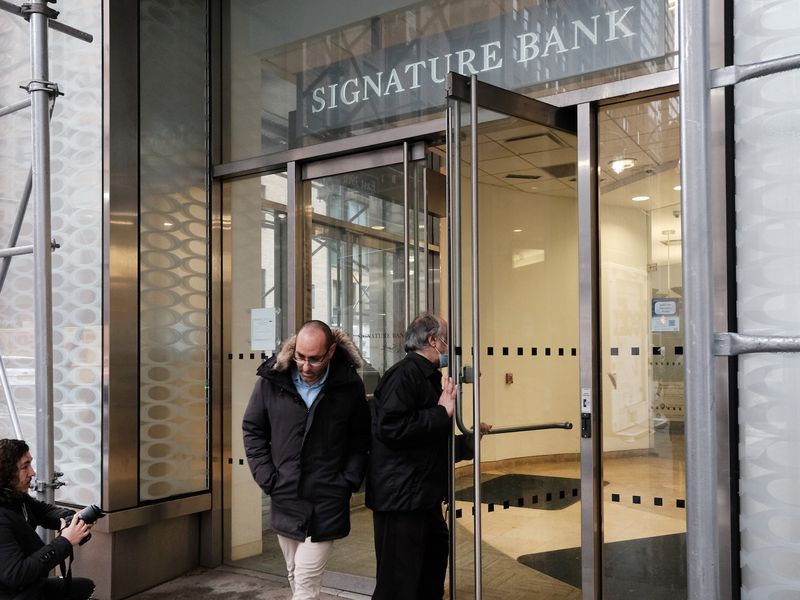Flipping through the channels this past weekend, I landed briefly on this year’s Major League Baseball draft. Believe it or not, as the event progressed, thoughts of digital assets crossed my mind.
Admittedly, baseball and crypto don’t have the most tangible (or even tangential) of connections, but that’s how my mind works sometimes. (I’m also an avid sports fan.)
At any rate, anyone familiar with drafts knows that teams select players based on what they believe they will accomplish later. This happens in essentially every sport that graces the television screen.
You’re reading Crypto Long & Short, our weekly newsletter featuring insights, news and analysis for the professional investor. Sign up here to get it in your inbox every Wednesday.
Baseball differs from some of its professional league counterparts because players drafted today may not see a major league field for 3-4 years – if not longer. Between draft day and debut day, years are spent in lower leagues, for development.
While bitcoin (BTC), ether (ETH) and other established digital assets are like veteran stars, altcoins are like recently drafted players. They are, for all intents and purposes, prospects, with a long road ahead before they find success – if they ever do.
But how does one evaluate a prospect in cryptocurrencies? What’s even worth looking at, and where does one start?
For better or worse, my starting point for this is developer activity. I view that as a sign of protocol growth and a signal of where developers have chosen to allocate their intellectual capital. The general thesis being that where development occurs, value accrual and price appreciation may follow.
My source data comes via venture capital firm Electric Capital’s developer report, which aims to “quantify the developer activity” happening across crypto and Web3 ecosystems.
New developers are leaving crypto
Before you can evaluate a prospect, it helps to see if anyone is even interested in the game. A quick look at Google search trends shows that searches for both “bitcoin” and “cryptocurrencies” are half as prevalent as they were a year ago. Also, there’s been a 22% decline in active developers across the entire space since over the past year and an 8% contraction since January, according to Electric Capital’s report. “New developers” decreased 18% since January, worse than the overall number, implying newcomers drove the retreat.
A wider lens is less dire, though, showing 26% and 92% increases over the past two and three years, respectively. While the overall trend has been higher, the challenges facing crypto over the most recent 12 months had an understandably negative impact on newer developers, while those operating in the space for more than 12 months have stayed the course.
Additionally, while my initial thought was that development growth leads price acceleration, I think the jury may actually be out on that since BTC has zoomed higher amid this year’s contraction.
I suspect that it may be bifurcated, where increases in price lead to increases in developer activity for bitcoin and ether, with the opposite being the case for smaller, lesser-known protocols.
Still, some crypto protocols have shown massive growth
Of the 20 ecosystems with the largest number of total developers, three have shown positive growth year-over-year, with two having tradable tokens:
Osmosis, an interchain decentralized exchange (DEX) built using the Cosmo software development kit, led the way with its 56% growth in total developers over the past year. Monthly activity was strong as well, with a 26% increase between May and June.
But the price of its native token OSMO has not followed suit, falling 27% so far in 2023 and 36% over the most recent 90 days. However, 30-day performance for OSMO has been stronger, with its price rising 7%.
The divergence between activity and price could present a compelling opportunity for investors looking to get on the front end of a protocol showing signs of increased developer interest.
Optimism, a layer-2 blockchain, showed strong growth as well. It aims to be a swift scaling solution for decentralized applications built on Ethereum, at a lower cost. The performance of OP, its governance token, has actually outpaced developer growth, increasing 127% year-over-year. But it has been weak recently, falling 47% over the last 90 days.
Closing out the list is layer-2 network Starknet, whose token is not available for sale at the moment. Still, given the influx of new developers working on the protocol, it bears mentioning.
While hardly the only method for identifying prospects, the number of developers working on a protocol and the speed at which that figure goes is a good starting point, in my view. As more innovation, efficiency and value works its way through, it may go a long way in identifying the next veteran.
From CoinDesk Deputy Editor-in-Chief Nick Baker, here is some news worth reading:
-
BLACKROCK TURNABOUT: BlackRock CEO Larry Fink was pretty clearly a crypto skeptic at one point. But he’s now steering the world’s largest asset manager in a different direction, recently applying to list a bitcoin ETF. And, last week, Fink told Fox Business that bitcoin could “revolutionize finance.” Here’s a nice story explaining how the industry is thinking about this turnabout.
-
HERE WE GO: Even though bitcoin (BTC) has been soaring in 2023, it’s not like confidence has been really booming in the overall crypto space. It’s hard to be excited about the future when the U.S. government keeps going after industry leaders and just generally gets heavy-handed about digital assets. But, in a return to the rah-rah days of yesterday, analysts at Standard Chartered Bank have a very bullish view. They see BTC’s price rising to $50,000 by the end of this year (versus around $30,000 currently) and hitting $120,000 by the end of 2024. These kinds of price forecasts from big banks aren’t exactly bulletproof. It’s hard to get them right. Yet, this one in particular is noteworthy given just how dour things have been.
-
PRIVACY: Many crypto veterans and idealists love privacy. A trio of stories this week are, therefore, sure to rankle them. A data firm called Arkham Intelligence gets on the list twice: First, with a new product designed to unmask otherwise-anonymous crypto wallets. As word of this service spread, it emerged that Arkham had already been leaking the email addresses of their clients. The third item: a CoinDesk scoop on how deeply surveillance of traders is built into BlackRock’s application for a spot bitcoin ETF.
Edited by Nick Baker.









